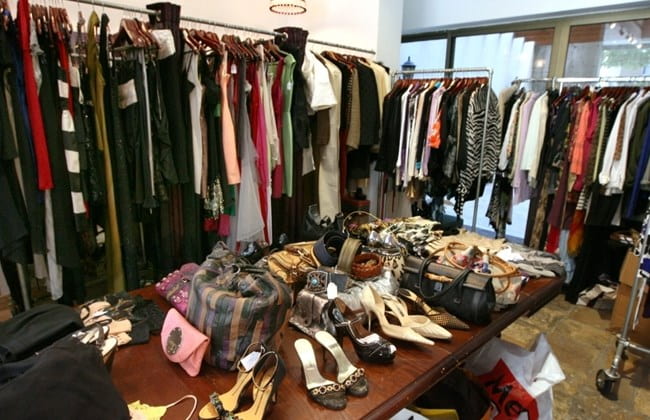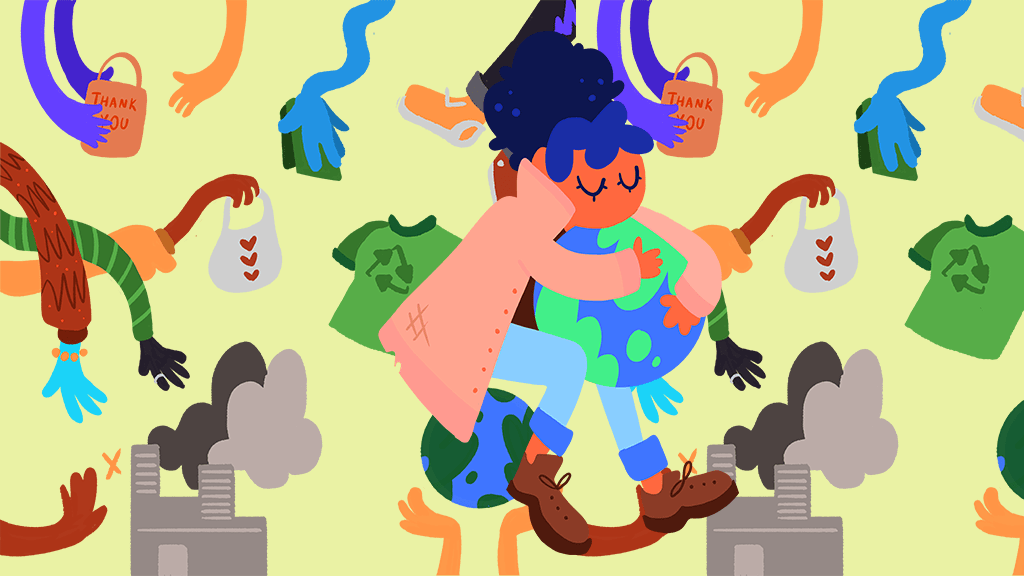By Ameed Shehayeb
Last year was definitely a year of unprecedented events; most of which were negative ones obviously. Surprisingly, 2020 has left its trace in Lebanon on more than one level. After the economic collapse commenced, the sharpest devaluation of the Lebanese currency in history (nearly 85%) was recorded. Afterward, the world got into total lockdown due to the COVID 19 pandemic which in turn worsened the economic situation even more. The Beirut blast shattered everything remaining and made the situation utterly catastrophic.
Prior to all of this, thrifting was not something widespread in Lebanon. In fact, it was not favored by most of the population, and thrift shops were basically small old stores with clothes shattered all over and with few customers visiting every now and then.
The economic situation, however, flipped everything upside down. Since all clothing brands were foreign, their prices tripled over the course of months leaving youth no choice other than looking for smart, more affordable alternatives.

Therefore, thrifting floated back to the surface yet it was rebranded and made to fit today’s world. Nowadays, typing “thrift” into Instagram’s search bar gives you tens of newly found online thrift stores in Lebanon. Teens might have followed this trend because it makes second-hand brands easily available, but thrifting has far more important advantages that ought to be mentioned:
1. Thrift shopping is more sustainable on the environmental level
If compared to fast fashion – inexpensive clothing produced rapidly by mass-market retailers in response to the latest trends – thrift shopping is way less disruptive. The fashion industry is the second-largest consumer of water. Fast fashion leads to the depletion of natural and non-renewable resources, emission of greenhouse gases, and the use of humungous amounts of energy and water. On the other hand, thrifted items are already produced; thus, they’re far more sustainable environmentally.
2. It’s a cheap way of shopping
Amidst the current economic crisis, finding an affordable alternative is the best thing the Lebanese would want. Second-hand thrifted items are cheap and most of the time they’re famous brands in a very good to an excellent condition.
Moreover, if someone wants to be sustainable in their lifestyle and they can’t afford slow fashion, thrifting is the best there is. Slow fashion is the total opposite of fast fashion but till this very day, it remains kind of expensive or at least not attainable by all people.
So, one can say thrifting combines the best of both worlds (sustainability and affordability!)
3. Thrifting promotes a circular economy
A circular economy is an economic system aimed at eliminating wastes along with the continual utilization of resources. Lebanon is in need of such an economy especially with all the difficulties faced when it comes to importing goods and raw materials. Through thrifting, we can secure that clothes are not being disposed of but rather used again. In this way, we decrease our dependence on importing new products and we create this waste-free loop.

https://reporter.rit.edu/leisure/shift-thrift
On top of all of that, thrift shops, as previously mentioned, are widely available these days. You can find your favorite store with a snap of a finger. Since there are tens of shops available online, I managed to find the ones that stand out and that are my personal favorite. Below is a list of five thrift shops available in Lebanon with their respective Instagram accounts:
DEPOT-VENTE BEIRUT (@depotventebeirut)
closet corner thrift shop (@closetcrnr)
Land of Thrifting (@landofthrifting)
Your Local Depop (@your.local.depop)
Old Chic (@oldchic_thriftshop)
